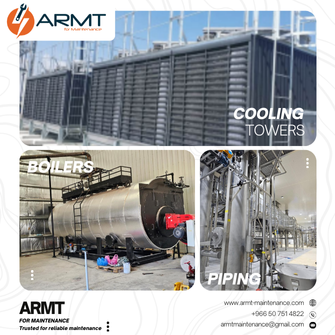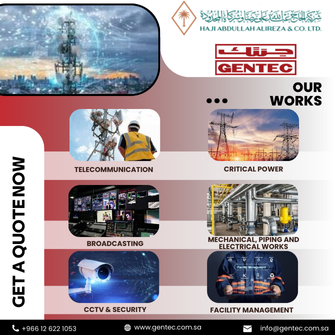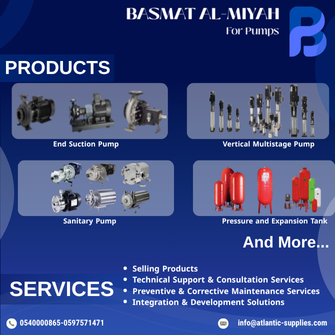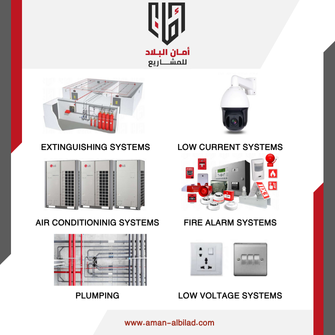advertisement
Brand Information
The benefits of
SMOKE DETECTION
Smoke Detection is an integrated system that senses and locates the presence of smoke, chemicals and fire, and then sends an alarm. Fire prevention is always a primary goal. A fire detection system is essential to alert system controllers and the nearest first responder to protect people, property and production processes, both indoors and outdoors.
Fast and safe protection from smoke and fire
The Smoke Detector
Fire detectors may create an audible alarm, a system-linked alarm or both. They are wireless or wired and are most effective when daisy chained together. Wired detectors have two or four wires, the main difference being, the number of detectors that may be connected. Typically, smoke detectors are preferred to protect people while heat detectors are better at protecting property.
The most common are photoelectric smoke detectors. Each unit contains a chamber lined by screens with a photoelectric light shining at all times. When smoke enters the chamber, optical sensors - typically laser-assisted infrared - detect smoke particles interrupting the light path. To reduce false alarms, pattern recognition is used to differentiate between the way smoke, dust and steam interrupt the photoelectric beam.
Smoke detectors using photoelectric cells or an ionization process (or both) and carbon dioxide detectors are extremely effective in home environments. Optical beam sensors work well in large spaces as they are able to detect the spectral bands of hot gases. While both conventional smoke detection and Co2 detection systems work well in open spaces, they are poorly suited to tall buildings or industrial sites.
Harsh environments – considered ‘high-impact’ with chemicals and high levels of steam, damp or dust interfere with smoke detection, often resulting in late detecting or false alarms.
Smoke is typically seen by humans through its density. Video programs are designed to amplify this detection process. A video smoke detection system is able to detect smoke and fire and pinpoint its location from a great distance. The camera does not require physical contact with smoke or dust and video analytic increases speed and accuracy of detection. When analytics are integrated into a camera, there is no failure point in the security network and minimal bandwidth use.
In high-impact areas where a camera cannot be placed, an aspirating smoke detection system is well suited. It consists of a central detection unit which draws air through a network of pipes to detect smoke and are recommended for areas with high airflow and condensation as they are armed with multi-sensor capable of monitoring air quality for temperature, humidity, hazardous chemicals and smoke.
Unlike smoke or fire, carbon monoxide cannot be detected by sight or smell, and is lethal. Professional grade co2 detection typically uses an electromechanical sensor. The electrodes use chemicals to sense resistance change to trigger an alarm.
Smoke detection analytics can integrate with your LAN, Fire Alarm Control Panel, VMS or Event Notification Server and are beneficial, paired with other detections analytics, especially audio. Local codes and standards apply to placement and consultation with an expert will help you choose the Smoke detection technology best suited to your conditions.
هل تبحث عن فرص جديدة في السوق السعودية؟
لقد أتحنا لك في منصة موردي المشاريع العديد من الفرص الجديدة للوصول إلى مقاولين ومشاريع جديدة في المملكة العربية السعودية.
نضمن لك الحصول على طلبات تسعير جديدة من كافة انحاء المملكة العربية السعودية.





































































































